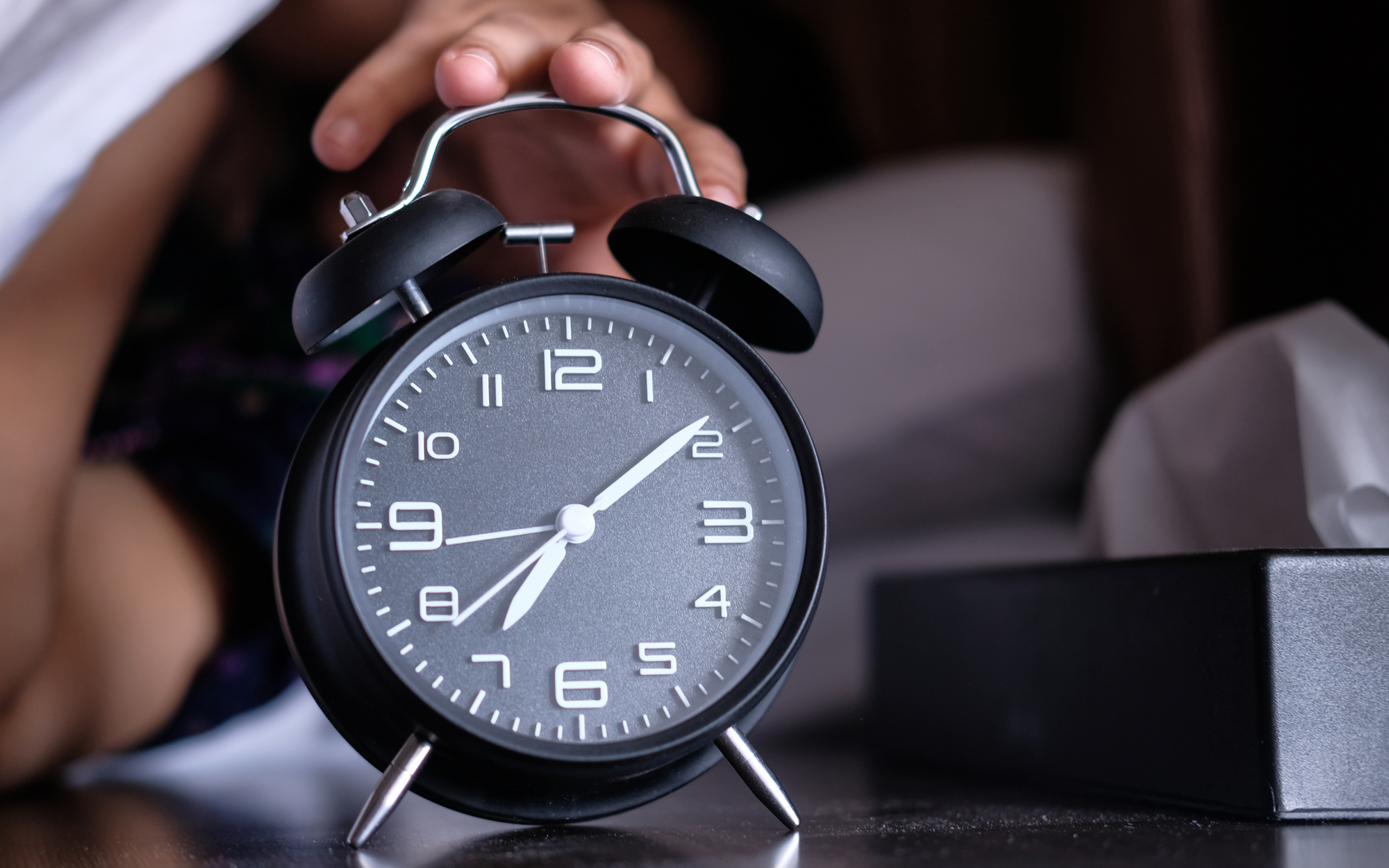Not all habits are created equal.
Some habits are just routines — brushing your teeth, checking your inbox, folding laundry. They help you move through your day, but they don’t do much beyond that.

But then there are keystone habits.
These are the habits that, once in place, ripple into every other area of your life. Change one, and you start changing everything.
They’re not always dramatic. In fact, they often seem simple.
But they hold power because they shift how you see yourself — and how you behave in other parts of your life, often without trying.
What Is a Keystone Habit?
The term “keystone habit” comes from Charles Duhigg’s book The Power of Habit. In architecture, a keystone is the central stone in an arch — the one that holds everything else together. Remove it, and the structure falls. Strengthen it, and the whole thing stands tall.
Keystone habits work the same way.
When you build one strong keystone habit, you often:
- Build other good habits more easily
- Break bad ones without as much resistance
- Gain momentum with less effort
- Strengthen your identity in positive ways
They’re foundational.

How Keystone Habits Shape Your Identity
The power of a keystone habit isn’t just in the action — it’s in what it tells you about yourself.
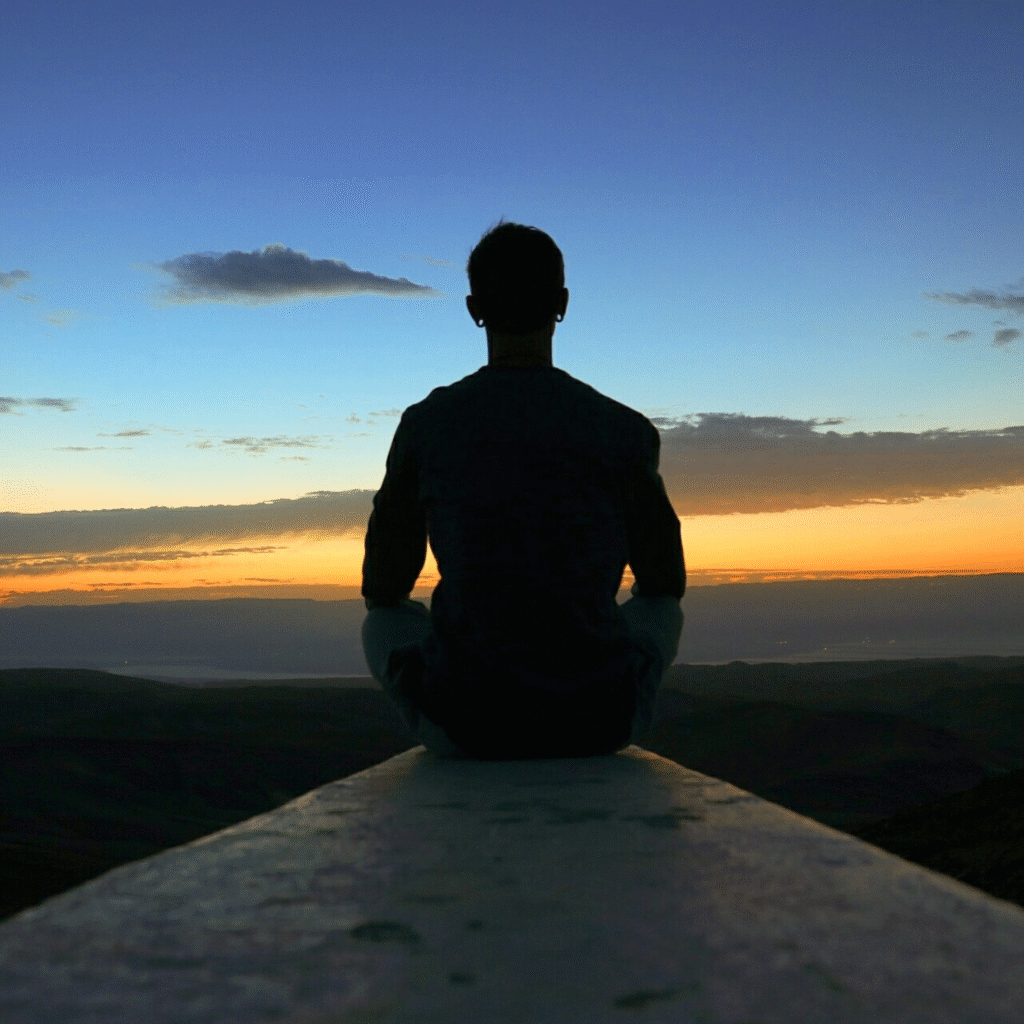
Let’s say your keystone habit is exercising for 20 minutes every morning. That might seem small. But that one habit starts to send subtle messages to your brain:
- “I care about my health.”
- “I’m someone who shows up for myself.”
- “I keep promises to my body.”
Suddenly, without thinking much about it, you also start:
- Eating more mindfully
- Sleeping earlier
- Managing stress better
- Saying no to things that drain you
You didn’t force those other changes — they happened naturally, because your identity began to shift.
That’s the real magic of a keystone habit. It reshapes how you think about who you are.
Real-Life Examples of Keystone Habits
Keystone habits look different for different people. But here are a few that often create major ripple effects:
1. Regular Exercise
It’s not just about fitness. People who work out consistently often report:
- More energy during the day
- Better moods and mental health
- Improved sleep
- Increased confidence
- Greater productivity at work
It’s a habit that boosts physical, emotional, and even relational wellbeing.
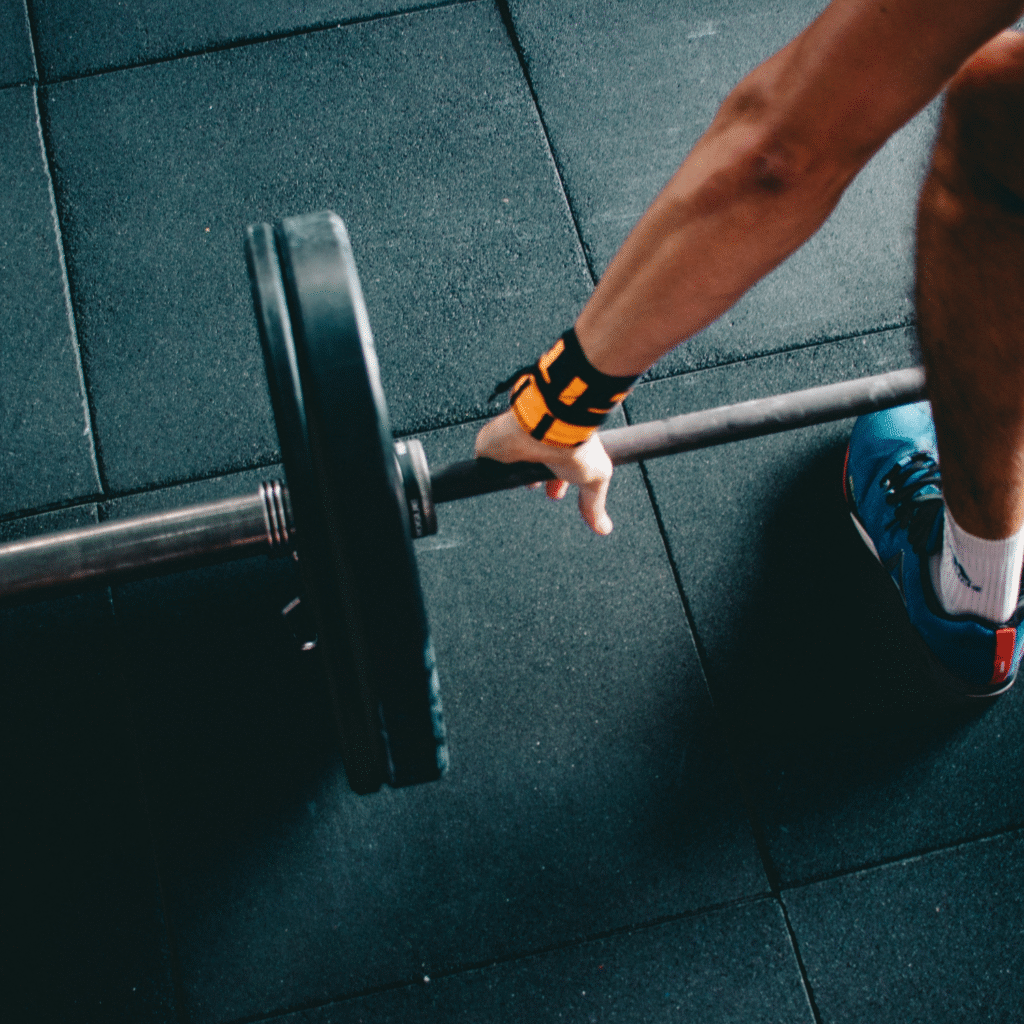
2. Journaling
Writing down your thoughts — even for five minutes a day — can help you:
- Process emotions
- Clarify your goals
- Reflect on what matters
- Reduce anxiety
- Improve memory and focus
It’s a simple act that trains you to slow down and pay attention.
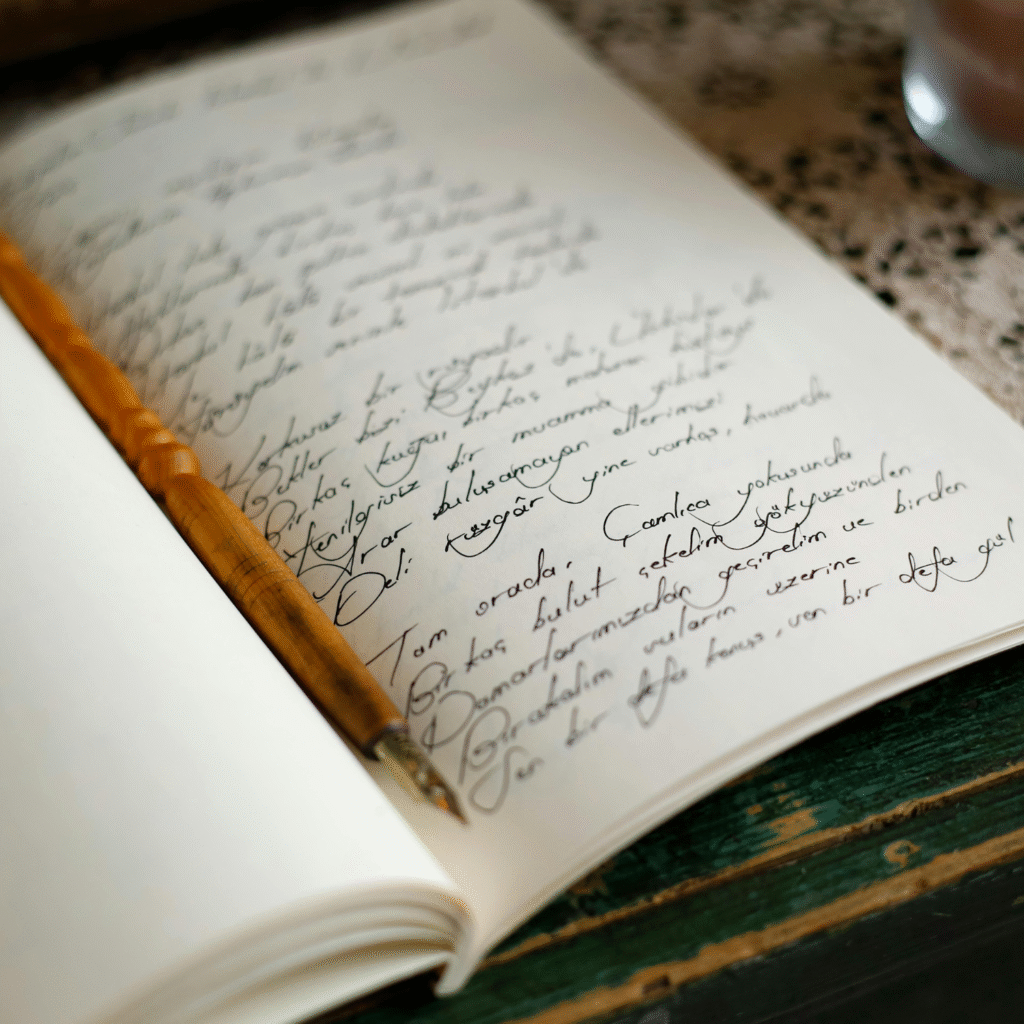
3. Making Your Bed
It sounds silly. But it’s a signal to your brain: the day has started, and you’re in control. People who do this daily often report better discipline in other areas. It builds a tiny sense of order that spills into other routines.

4. Meal Planning or Prepping
When you plan meals in advance — even just snacks — you tend to:
- Eat more nutritiously
- Spend less on impulse food
- Reduce stress during the week
- Feel more grounded in your routine
Again, it’s not just about the food. It’s about intentional living.
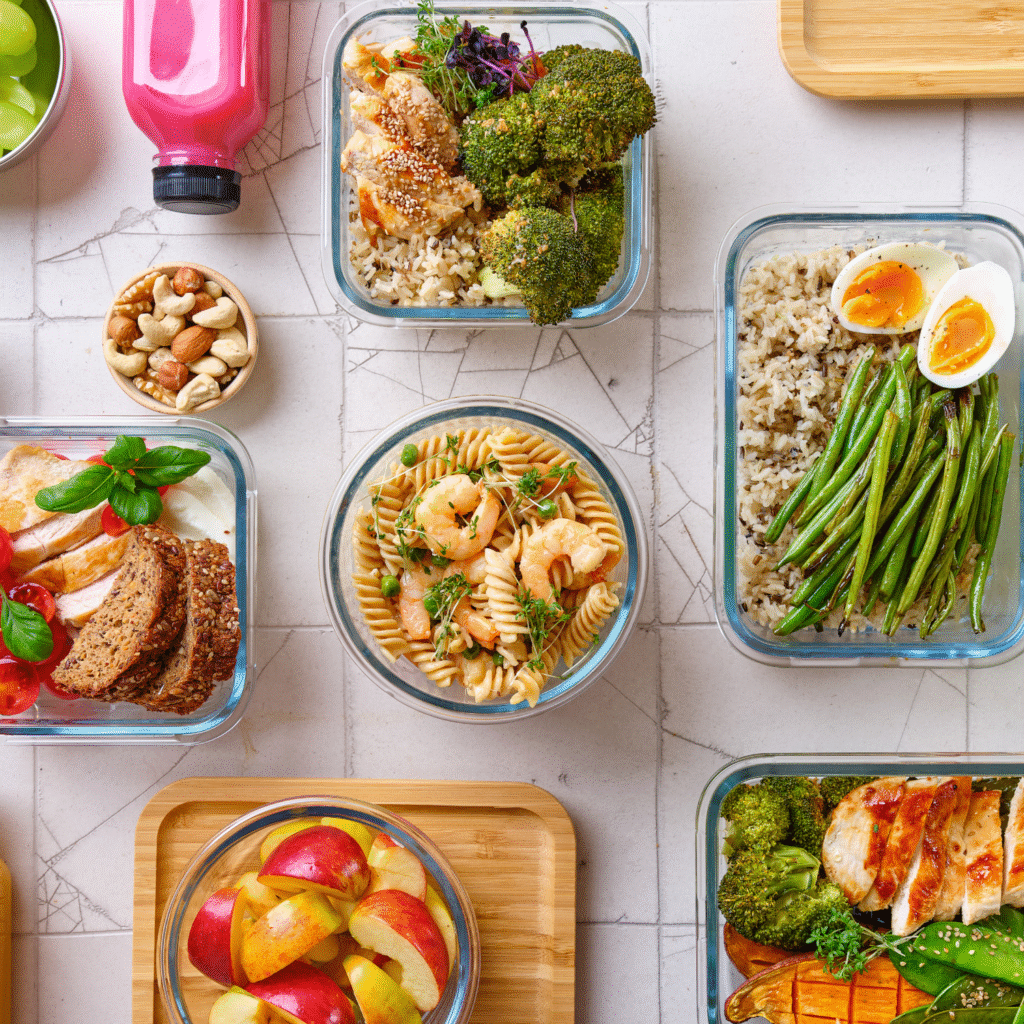
5. Daily Reading
Reading for 10–20 minutes a day often leads to:
- Learning new ideas
- Developing focus and patience
- Reducing screen time
- Sparked curiosity in other areas
The habit of reading usually leads to the habit of learning, which grows into the habit of thinking differently.

How to Find Your Keystone Habit
Not every habit is right for every person. Your keystone habit should feel authentic to your current season of life — and carry emotional weight for you.

Ask yourself:
- What small habit, if done daily, would make everything else easier?
- What’s one thing that makes me feel like I’m “on track” when I do it?
- What activity, even if it only takes 5–10 minutes, gives me energy or clarity?
The answer doesn’t need to be impressive. In fact, the simpler it is, the more likely it will stick — and quietly lead to bigger change.
Start Small, Think Long-Term
One of the biggest mistakes people make with keystone habits is overloading them. You don’t need a 90-minute workout, a five-page journal entry, or a perfectly prepped fridge.

If your keystone habit is journaling, start with one sentence a day.
If it’s exercise, commit to five minutes of movement.
If it’s planning your day, just jot down your top three tasks in the morning.
The key isn’t how much you do. It’s that you show up for it consistently. That’s how your brain begins to trust you. That’s how the identity shift starts to happen.
Protect the Habit, Even When Life Gets Busy
Here’s the truth: there will be days when your routine gets thrown off — you’re tired, sick, busy, traveling, or just unmotivated.
On those days, do the smallest version possible of your keystone habit.
- Just one push-up.
- One sentence in your journal.
- One minute of deep breathing.
The goal is to protect the signal, not the performance. You’re reminding your mind: “This is still who I am. I still show up, even when it’s hard.”
Over time, these moments of showing up when it’s inconvenient are what make the habit — and the identity behind it — unshakable.
Final Thought
A keystone habit is never just about the habit itself.
It’s about trust. Momentum. Self-image. Energy. Alignment.
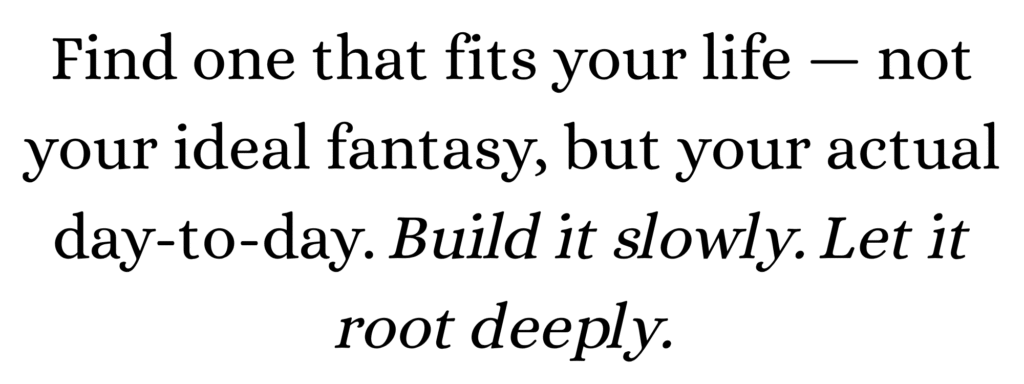
Then watch as other areas of your life begin to shift, almost without effort.
Because sometimes, changing one small thing is all it takes to change everything.

